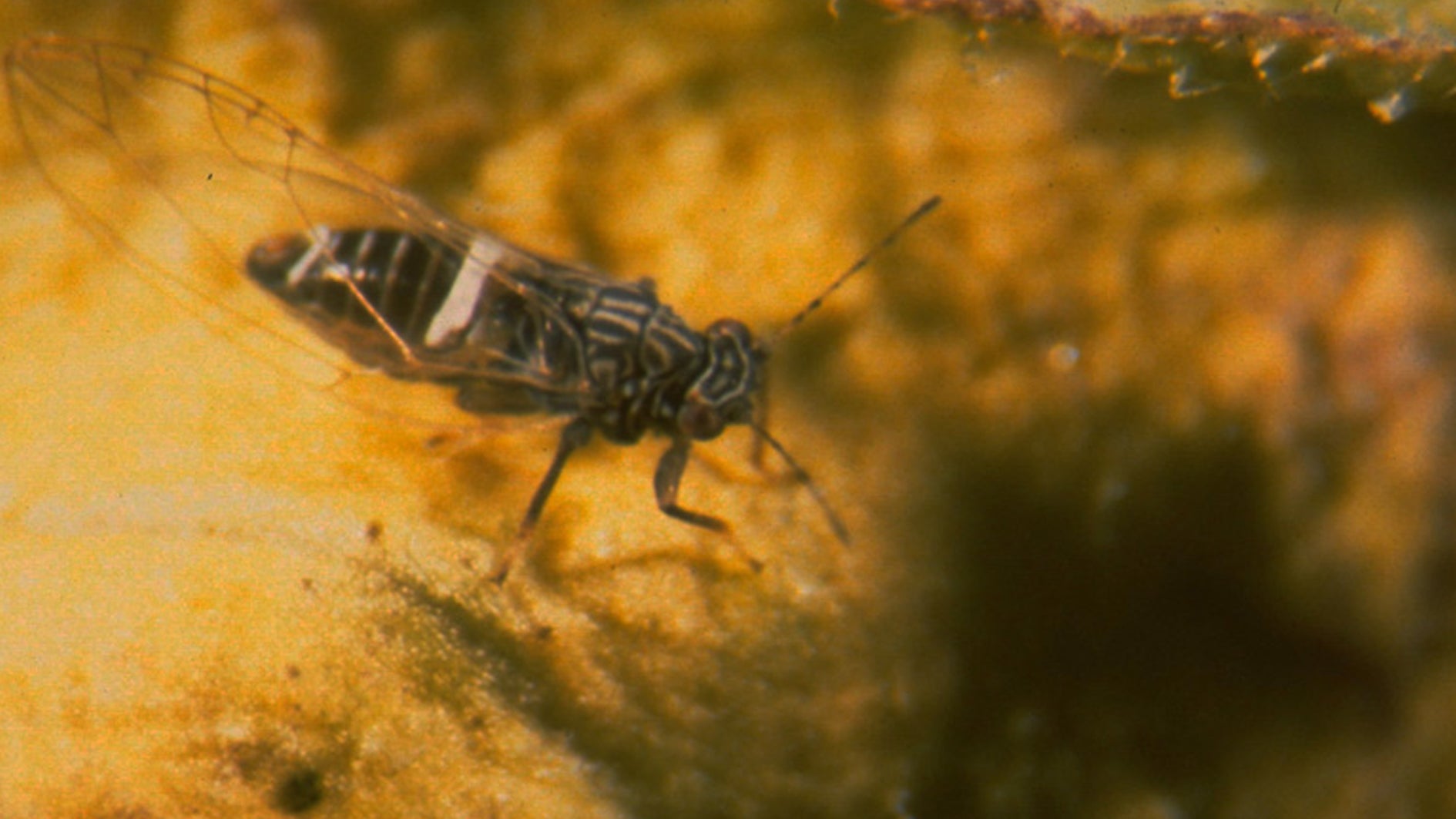
Tomato Psyllids
02 Jan, 2021
Mainly affects potato and tomato. Can also affect other members of the Solanaceae family like peppers, egg plants, tamarillos and kumara.
Psyllids are sap suckers, they feed by inserting stylets into the plant and sucking out the sugary sap. They have 3 life stages: egg, nymph, and adult. When feeding Nymphs and possibly adults inject a toxin which causes discolouration to occur on the foliage, so called ‘psyllid yellowing’ and ‘purple top’, the leaf edges upturn and and start to yellow or go purple.
On tomatoes, psyllids can cause numerous poor quality fruit to form, or fruit can be prevented from forming.
On potatoes psyllid feeding can cause a reduction of yields, poor quality tubers, and/or reduce the number of secondary tubers forming. The quality of the tubers can also be affected, once cut or fried tubers can show Zebra chip symptoms, and tubers will often taste unpleasantly earthy.
Prevention
Remove weeds and crops likely to shelter psyllids over winter. Especially look out for weeds such as tobacco weed, apple of sodom, poroporo and nightshades.
Encourage natural predators into your garden eco-system by planting flowers like Alyssum, Borage, Hyssop, Lavender and Nepetas.
Where possible cover susceptible plants with bug net to keep insects out.
Natural Treatment
Spray with BioNeem, thoroughly drenching the plant. This helps repel pests and stop them feeding or laying eggs on you crops.
Other Treatment
Spray with Success Ultra, wetting both sides of the leaves and stems thoroughly. Repeat at 7 day intervals if the psyllid remains active in your garden.
When using sprays and chemicals always read the label and follow instructions carefully. Spray in the evening to avoid harming beneficial insects.